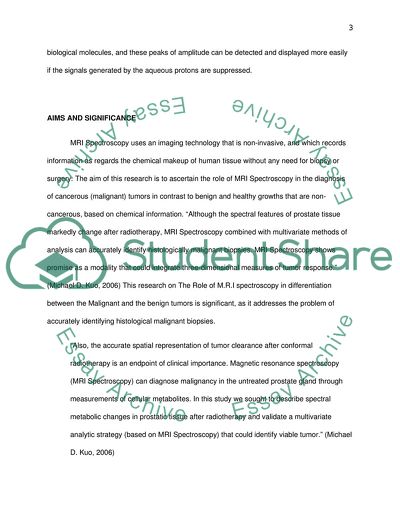Cite this document
(“Research proposal ( Role of M.R.I spectroscopy in differentiation Essay”, n.d.)
Research proposal ( Role of M.R.I spectroscopy in differentiation Essay. Retrieved from https://studentshare.org/miscellaneous/1558443-research-proposal-role-of-mri-spectroscopy-in-differentiation-between-the-malignant-and-the-benign-tumours
Research proposal ( Role of M.R.I spectroscopy in differentiation Essay. Retrieved from https://studentshare.org/miscellaneous/1558443-research-proposal-role-of-mri-spectroscopy-in-differentiation-between-the-malignant-and-the-benign-tumours
(Research Proposal ( Role of M.R.I Spectroscopy in Differentiation Essay)
Research Proposal ( Role of M.R.I Spectroscopy in Differentiation Essay. https://studentshare.org/miscellaneous/1558443-research-proposal-role-of-mri-spectroscopy-in-differentiation-between-the-malignant-and-the-benign-tumours.
Research Proposal ( Role of M.R.I Spectroscopy in Differentiation Essay. https://studentshare.org/miscellaneous/1558443-research-proposal-role-of-mri-spectroscopy-in-differentiation-between-the-malignant-and-the-benign-tumours.
“Research Proposal ( Role of M.R.I Spectroscopy in Differentiation Essay”, n.d. https://studentshare.org/miscellaneous/1558443-research-proposal-role-of-mri-spectroscopy-in-differentiation-between-the-malignant-and-the-benign-tumours.


